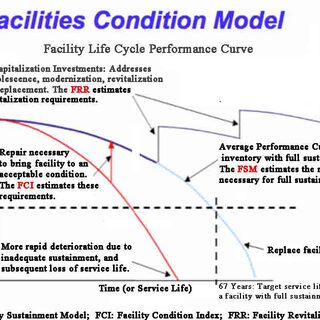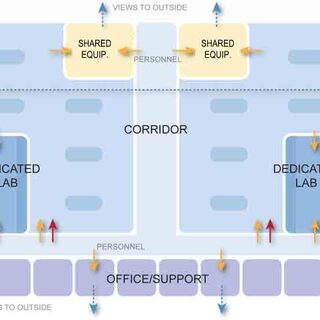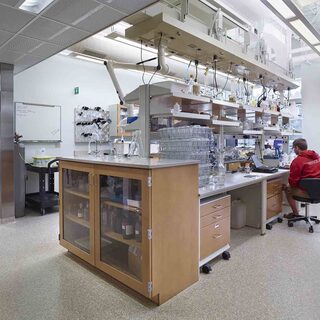Tradeline's industry reports are a must-read resource for those involved in facilities planning and management. Reports include management case studies, current and in-depth project profiles, and editorials on the latest facilities management issues.
Latest Reports
NASA Makes a Business Case for Facilities Renewal and Replacement
Motivating organizational leadership to address the growing limitations of aging science facilities can be a challenge for facility managers. Strategic assessment models like facility condition, revitalization rate, and asset age are powerful tools for stewarding facilities, but in advocating for renewal, which models are most likely to drive action? Officials at NASA considered four of the most common models before settling on the use of a simple “readiness” metric for measuring operational risk and developing a reasonable business case for new facility investment.
Defining the New Lab of the Future
The phrase “lab of the future” typically refers to a flexible, open floorplan designed to promote collaboration and cross-pollination between researchers. But these buzzwords have been used for decades, with open labs dating back to the mid-’60s and flexible casework to the mid-’80s. So how successful have these features been, and what defines the lab of the future in 2015 and beyond?
Are Colleges and Universities Building Science Facilities They Won’t Be Able to Operate?
Money is becoming available for new construction and major renovations of college and university science buildings, but experts and observers in the industry see a major planning flaw in many of these projects: They are moving forward with no assessment as to whether or not owners have the skilled staff to operate and maintain what is being planned, or the financial resources to hire the staff that will be needed. That is a recipe for institutional embarrassment.
Core Facilities Pay Off in Investigation Results, Retention, and Funding
Universities, independent research institutes, and medical centers looking to improve the quality of their research, recruit and retain staff, and compete for funding increasingly focus their attention on establishing core facilities, despite some concerns in the scientific community about where these core facilities are located and possible conflicts between the research groups vying to use them. Almost regardless of discipline, researchers chafe under budgetary constraints—no small problem in the “publish or perish” environment of biomedicine. The tools necessary for even the most basic of protocols are expensive, with cutting-edge equipment running into the hundreds of thousands of dollars. It is hardly surprising that new or remodeled facilities benefit from centralizing certain shared resources, such as imaging instruments, microscopy, cold storage, and animal facilities. But those resistant to the concept cite reservations about establishing accountability, prioritizing purchases, and ensuring equitable access. Do the benefits of core facilities outweigh these potential pitfalls?
Increased Daylight and Modular, Open Space Improve Outlook and Productivity
Diverse projects in New York, New Jersey, and Maryland demonstrate that integrating flexible infrastructure, collaborative work styles, daylight, and sustainability all contribute to a “health-positive” scientific research environment, a concept derived from neurological and behavioral research indicating that access to natural light and human interaction improve well-being and productivity.




